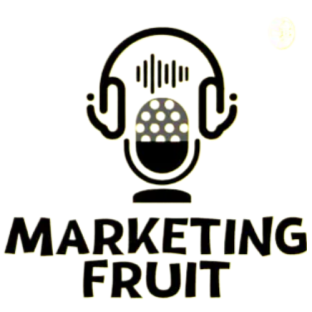The Facial Fat Transfer Market is anticipated to exceed USD 6.7 billion by 2033, fueled by the rising number of cosmetic procedures globally and the rapid increase in the geriatric population. Data from the International Society for Aesthetic Plastic Surgery highlighted that nearly 10.6 million cosmetic treatments were carried out worldwide in 2018, with facial fat grafting projected to account for over 542,000 cases, representing around 5.1% of all cosmetic surgeries. Wrinkles and sagging skin, largely linked with aging and the natural loss of facial volume, are primary factors driving the demand for fat transfer treatments. The World Health Organization reported that approximately 125 million people were 80 years or older in 2018, a demographic trend that significantly supports the expansion of the Facial Fat Transfer Market. Moreover, a study published in Plastic and Reconstructive Surgery, the official journal of the American Society of Plastic Surgeons, confirmed that many U.S.-based surgeons are increasingly integrating fat grafting into facelift surgeries. In addition, streamlined regulatory pathways for medical devices and grafting systems are paving the way for innovations in autologous fat transfer solutions.
Companies operating in the Facial Fat Transfer Market are heavily investing in product innovation and development to secure a stronger foothold in the global arena. Industry participants are actively pursuing strategic partnerships, acquisitions, and R&D initiatives to expand their portfolios and strengthen market presence. A notable example came in February 2019 when Alma Lasers, Inc. introduced BeautiFill in North America—the first laser-based system designed to improve the efficiency, accuracy, and speed of autologous fat transfer. BeautiFill’s integrated approach combines laser, suction, and fat processing technologies, enabling physicians to harvest and reinject high-quality fat during the same treatment to restore facial volume and enhance contours. Such product introductions are expected to accelerate the growth trajectory of the Facial Fat Transfer Market in the coming years.
According to insights from CXOs and primary research, factors such as the rising prevalence of burns, accident-related injuries, dermatological conditions, and changing lifestyles are further creating opportunities for providers of autologous fat grafting solutions. For instance, the U.S. FDA introduced its “Breakthrough Devices Program” in December 2018 to encourage the accelerated development of innovative diagnostic and therapeutic devices, including those related to fat grafting. Between 2014 and 2018, cosmetic fat grafting procedures surged by more than 48%, underscoring the increasing acceptance of this method in both reconstructive and aesthetic surgery. This trend continues to support the long-term expansion of the Facial Fat Transfer Market.
The Facial Fat Transfer Market is evaluated across North America, Europe, Asia-Pacific, Latin America, and the Middle East & Africa. North America currently accounts for the largest market share, followed by Europe, Asia-Pacific, Latin America, and the Middle East & Africa. Within Asia-Pacific, growth is expected to be especially strong, supported by an increasing number of hospitals, improving healthcare infrastructure, and a higher success rate of fat transfer procedures. As consumer demand for minimally invasive aesthetic procedures continues to rise, Asia-Pacific is projected to emerge as one of the fastest-growing regions for the Facial Fat Transfer Market throughout the forecast period.
Prominent players in the global Facial Fat Transfer Market include Allergan Plc., Bausch Health Companies Inc., Cytori Therapeutics Inc., DR. Korman, Galderma Laboratories L.P., Integra Lifesciences Corporation, Medikan International Inc., Stanford Biotech Inc., and Teoxane Laboratories. These companies are focusing on innovation, regulatory approvals, and expanded clinical applications to strengthen their positions in the industry and meet the growing global demand.
Click here to read complete article








